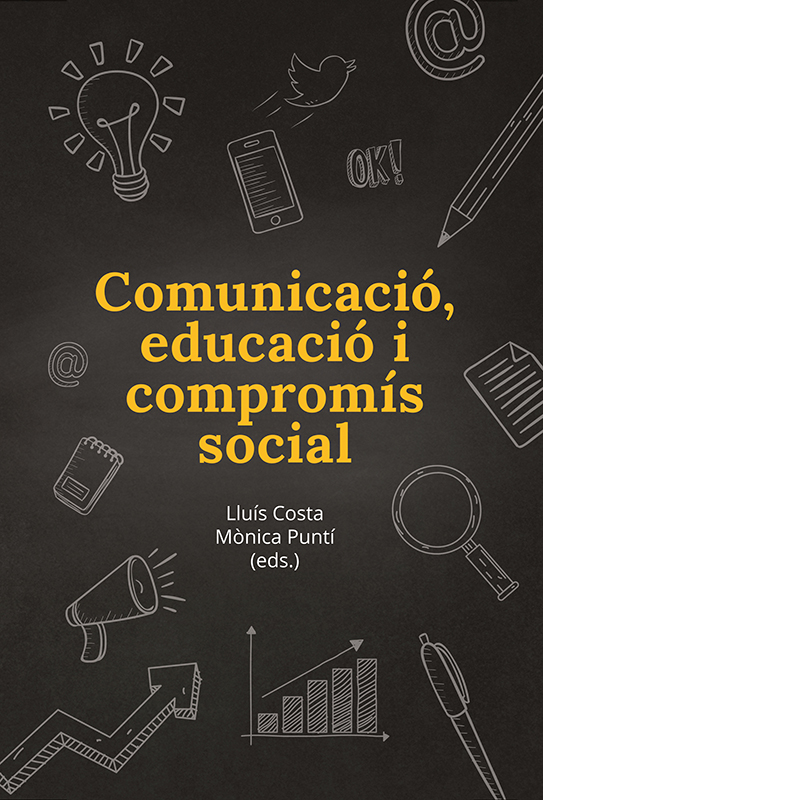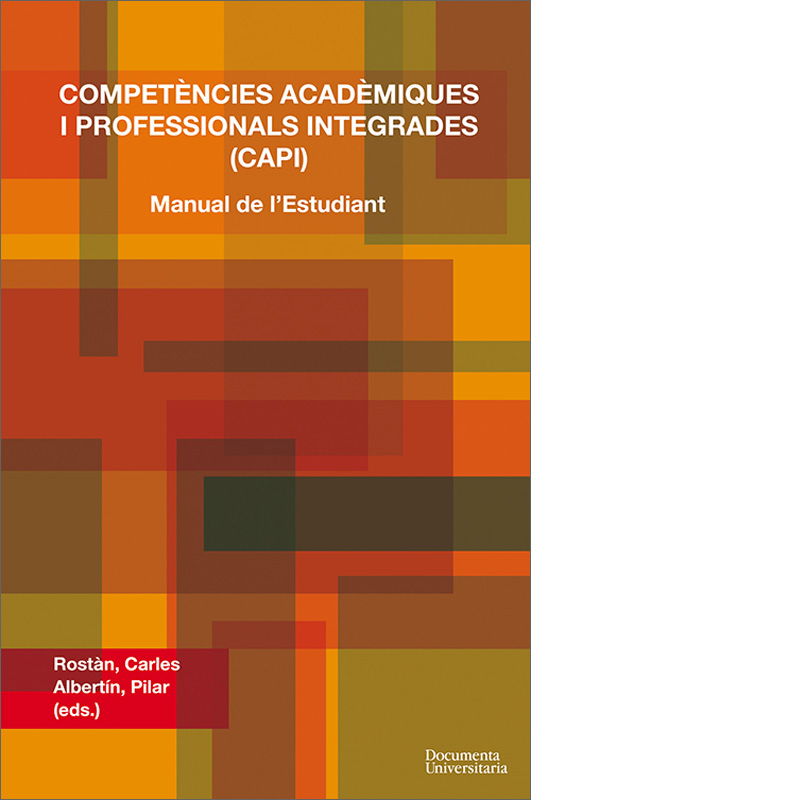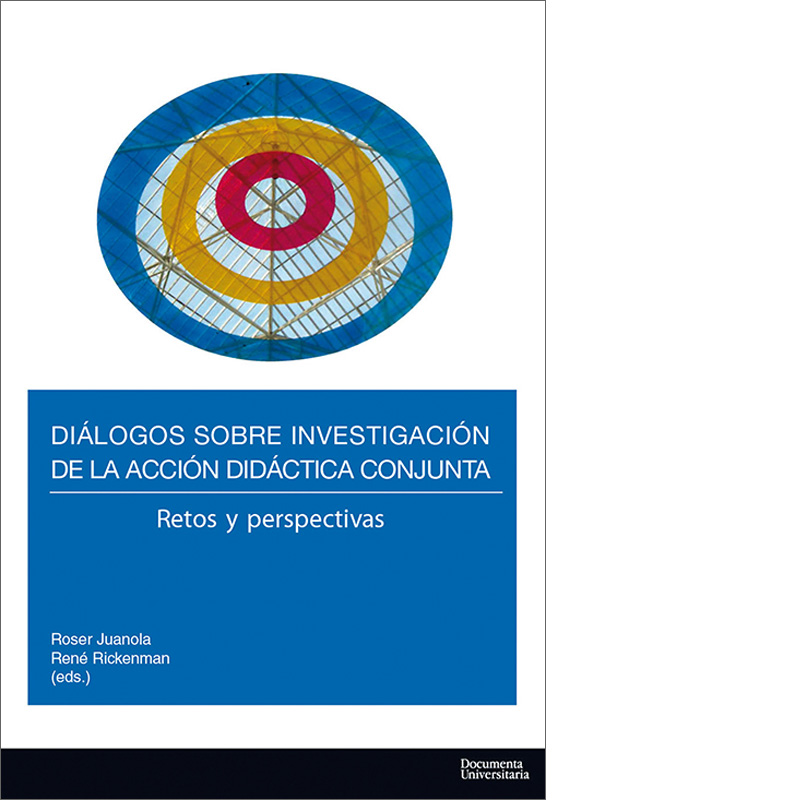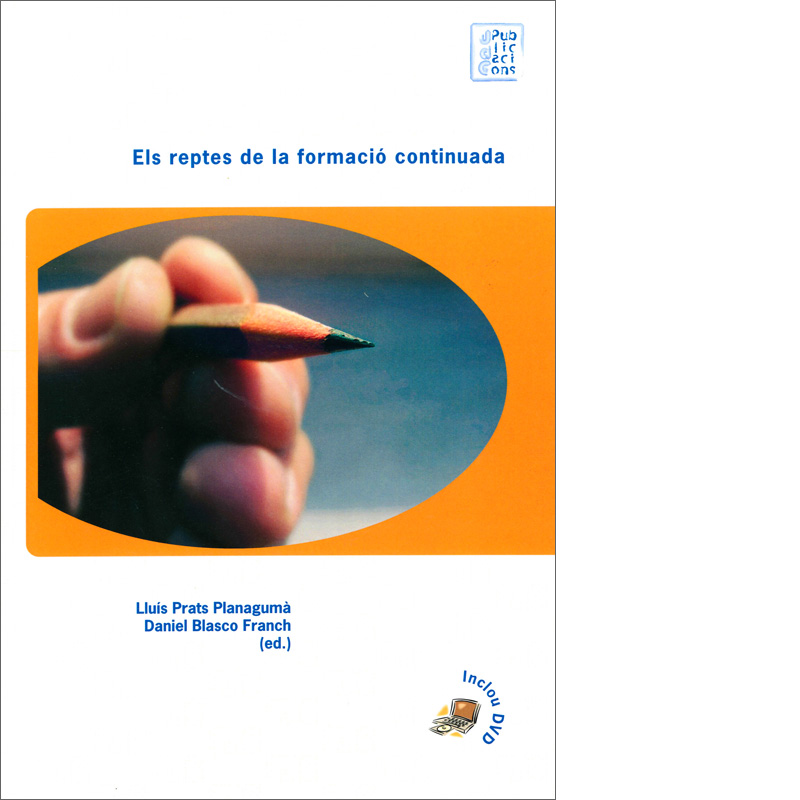Description
The interrelationship between communication and education is convenient and necessary, and we understand it as a true exercise of responsibility and social commitment. And especially when we see that many communication theorists support the abstract concept of the American mathematician, founder of cybernetics, Norbert Wiener: "All communication is a transfer of information," which leads us to the requirement to keep in mind the idea that a theory of social communication should reflect on the supposed aseptic appearance of this transmission of information from sender to receiver. Thus, it should be borne in mind that all communication is a transfer of information for the purpose of persuading the receiver to accept the purpose of the sender.
This book is part of the line of work that proposes the interrelationship between the fields of education and communication, with the aim of responding to the current demands and needs of a society formed from contexts of diversity. In today's society, there are still many challenges to overcome. The media has great power to convey ideas, attitudes and behaviors. For this reason, it is convenient and necessary to communicate with responsibility and social commitment. To communicate is to transmit knowledge and information; therefore, in a way it is to educate. We also use communication in education, so we can read in this book the story of educational experiences as diverse as the use of cinema in classrooms, audiovisual narratives to preserve the memory of a neighborhood or musical projects to search the well-being of the participants. Educate in the diversity of our society, and to be citizens with skills to speak and act in the polis. Education and communication to deepen democracy, development and social change. A necessary social commitment for today’s information and knowledge society.






